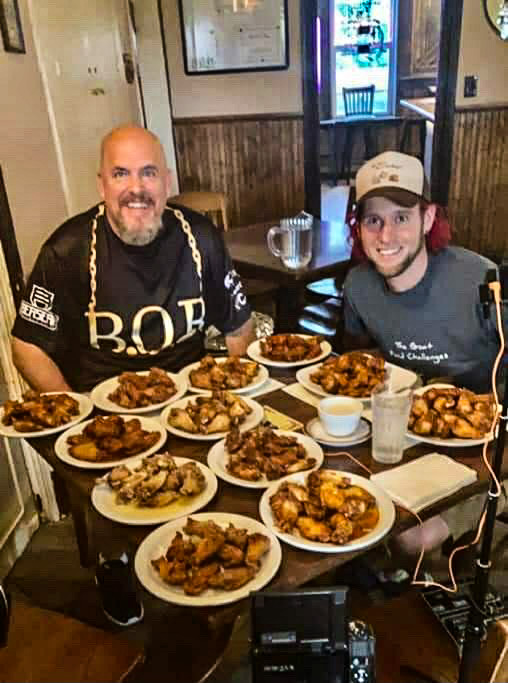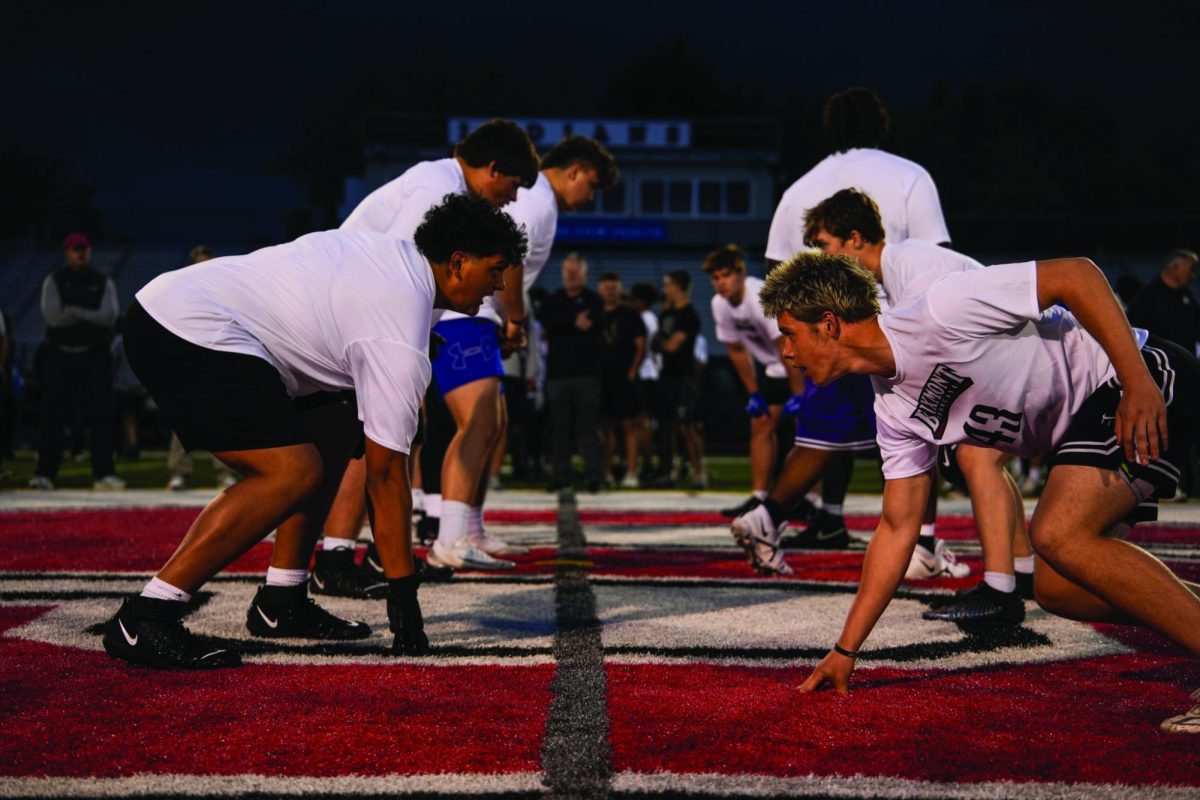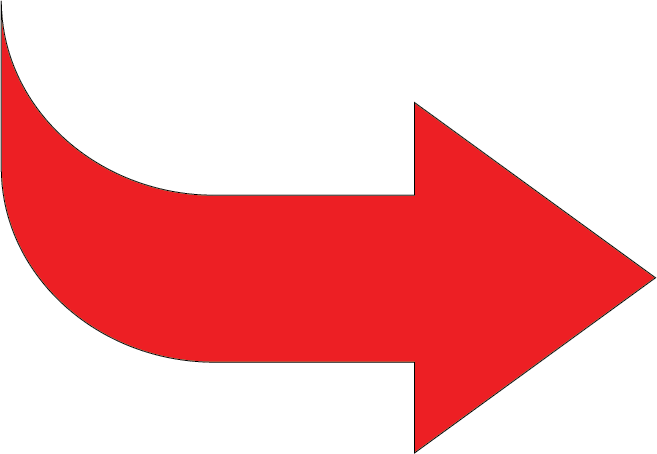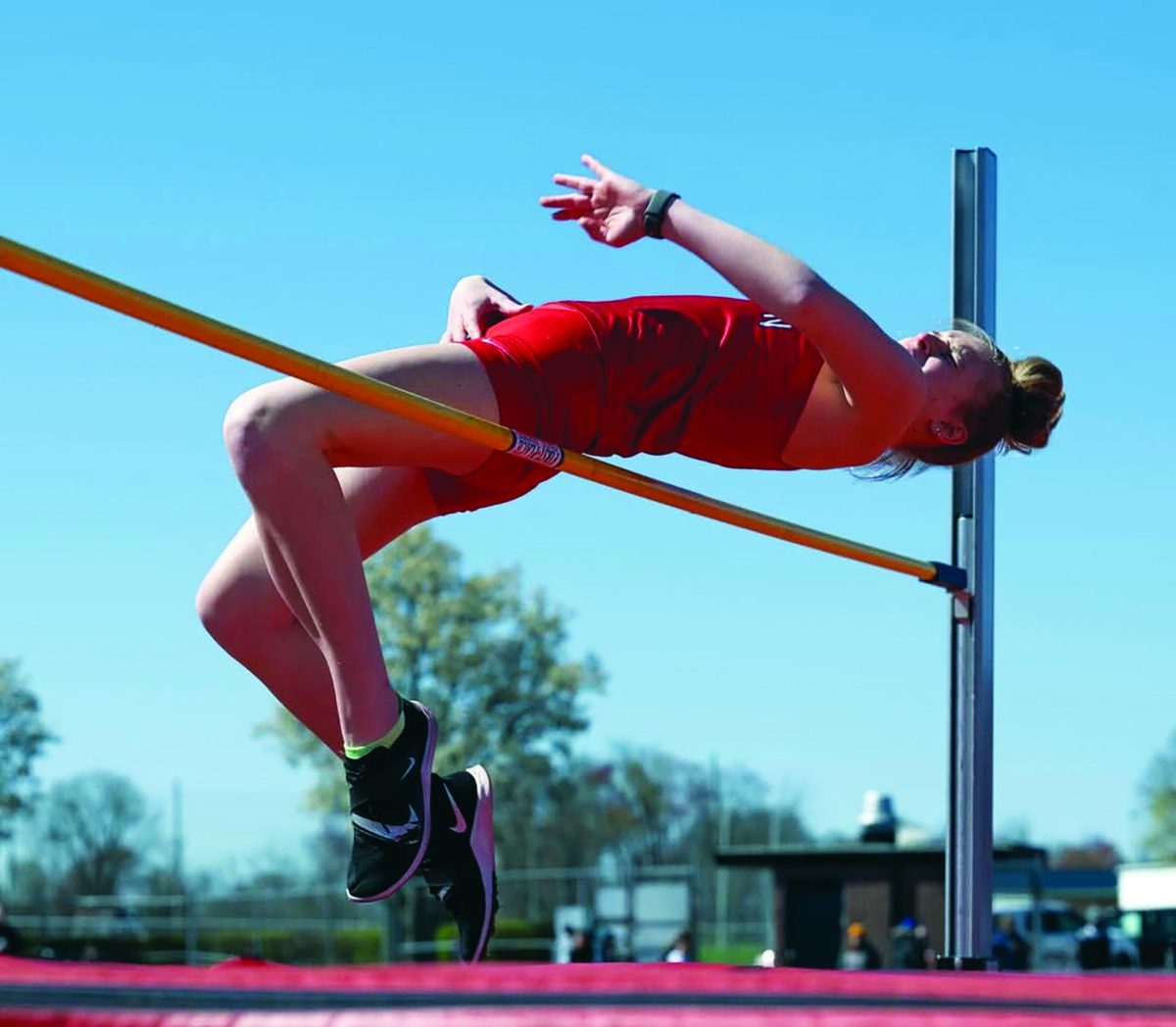By chugging water, eating large daily meals and pushing themselves to their limits, competitive eaters are able to eat extensive amounts of food in eating competitions and challenges.
According to Competitive eater George Chiger, one of the best things about competitive eating is the rush at competitions. Chiger is also very appreciative of all the opportunities that competitive eating has given him.
“It’s changed my life for good. I’ve met people that I never would have met, and it’s given me so many opportunities,” Chiger said. “I’d never thought I’d be a morning show guy, but now I’m that guy that travels around the country and goes on Good Morning Pittsburgh. It’s made me an influencer at 40 years old, so it’s nothing that I ever thought I’d be doing.”
Along with his accomplishments with eating competitions, Chiger’s also proud of all the competitive eating community has done to help others.
“We do so much for the communities and to give back to the people,” said Chiger. “Nathan’s donates over 100,000 hotdogs to the food pantries in New York City. We did bratwursts out in Cincinnati, for their Octoberfest, which is all about raising money for cancer.
Chiger has been eating competitively for around 10-15 years, and decided to go pro in 2018. Chiger became interested in competitive eating when “a young woman in front of me was talking about how she was going back to Coney Island and could eat 15 hotdogs and buns in 10 minutes,” Chiger said, “and called me out because I was chuckling.” That woman, Larell Marie Mele, is now Chiger’s mentor.
Before he retires, Chiger hopes to be ranked in the top five competitive eaters in the country and start a nonprofit to help out local communities. To get better at competitive eating, Chiger eats large meals, especially salads, every day. Chiger tries his best to stay healthy, and likes going to buffet for the large portions.
Unlike Chiger, competitive eater Bob Shoudt started eating competitively as a joke. “[Competitive eating] was just something I was able to do. It started as a joke; once I saw people were getting paid to do it, I decided I would try to join,’ Shoudt said.
Nearly 20 years later, Shoudt said he has “accomplished everything that I’ve set out to be.” Some of Shoudt’s accomplishments include competing in various countries and winning the Philadelphia Wing Bowl twice.
While competing at the Wing Bowl, “I felt like anybody who was at work,” Shoudt said. “I’m not there to have fun, I’m there to provide money for my family so my kids can go to college, so it’s a normal work day for me, it just happens to be a very big work day.”
The second time Shoudt conquered the wing bowl, he took home $50,000, the largest prize ever won at a competitive eating contest. Shoudt’s winnings helped him to pay for the cars he had won two years earlier.
Before competing, Shoudt typically isn’t too nervous.
“I know I prepared myself very well for it,” Shoudt said, “and I know from other contests that I’ve been in, that as long as I do what I show up to do, things will generally turn out very well for me.”
To prepare himself for the Wing Bowl, Shoudt trained for two months, and documented a good portion of it on his YouTube channel. Each day, Shoudt drank many gallons of water in order to “stretch my stomach enough to hold the wings.”
According to foodchallenges.com, many competitive eaters drink lots of water to stretch their stomachs. Competitive eaters do this, since water is calorie-free, and it gets passed through the body quickly, so there won’t be much nauseousness. However, drinking too much water can be dangerous, as it can add stress to the kidneys.
“[Competitive eaters] view our stomach as a muscle, like a weight lifter would view their actual muscles, or runners’ leg muscles. We have to train our bodies to be able to accept all the food we eat,” Shoudt said.
Although eating competitively has turned out well for Shoudt, it’s something that he doesn’t recommend for anyone else since it’s so hard on one’s body.
“When people are doing this and chugging water to become a competitive eater, I think it’s ridiculous,” said Shoudt. “Nobody should train to become an actual competitive eater.”
“ Competitive eating took me 20 years of work and I’m fortunate to where I can pay a lot of bills with it, but it’s very rare where you can meet anybody like that.” Shoudt said.
As competitive eater Josh Krady said, “It’s very hard to make competitive eating a career, you have to be really good. To make actual money you have to be in the top 10 eaters in the country.”
Krady, who started eating competitively earlier this year, mainly sticks to eating challenges. He first started these eating challenges in February, after a friend informed him about a local restaurant challenge where he could get free pancakes if he could finish them.
So far, Krady has competed in 20 challenges at restaurants, and many more in his home. He has won 18 of the 20 challenges, and one of his goals as a competitive eater is to win 200 challenges. Krady also hopes to travel more, and meet up with competitive eaters across the world.
Over quarantine, Krady did many challenges in his home, using affordable food he could find at his grocery store. He came up with many of his own challenges, but also saw challenges online, and attempted to beat others who had attempted the same challenge.
After completing a challenge, Krady isn’t always as nauseous as people may expect. “It really depends on how close I get to my limit,” Krady said, “If I’m very very close to my limit where I can barely eat anymore and I feel like I could throw up, I’ve maybe gotten there twice, That probably means I haven’t been pushing myself hard enough.”
Krady believes that eating competitively in the way he does is neither unhealthy nor wasteful, since he tends to limit his food intake leading up to a challenge. “One person could eat all their calories of the week in one day, or you could spread it out over the whole week,” Krady said. “Is it really wasteful if all throughout the week you’re just eating it all at once? To me that’s just changing the day that you’re eating more.”
Competitive eaters prepare for upcoming competitions
To increase their chances of winning, competitive eaters spend hours preparing for various eating competitions and contests by increasing their stomach’s abilities. Preparations include consuming extensive amounts of water and indulging in large food portions.
Winner winner chicken dinner…Preparing to devour the massive portion of wings are competitive eaters Bob Shoudt (left) and Joshua Krady. The two competitive eaters devoured the wings together. Photo by Joshua Krady
0
More to Discover




